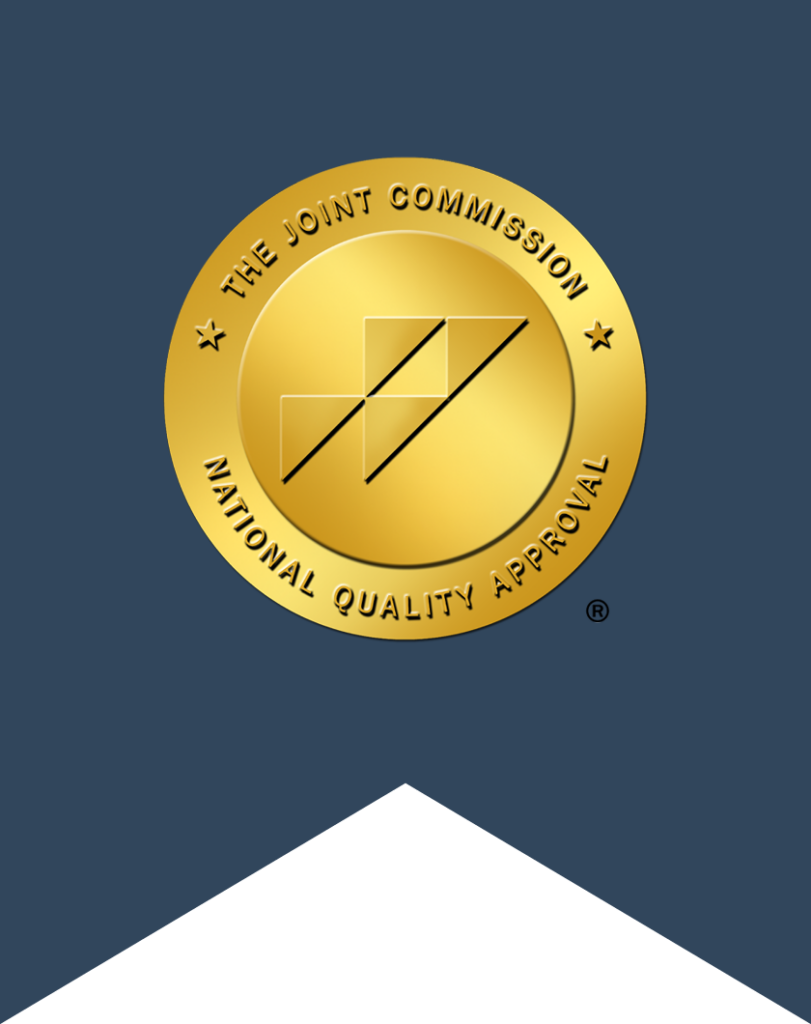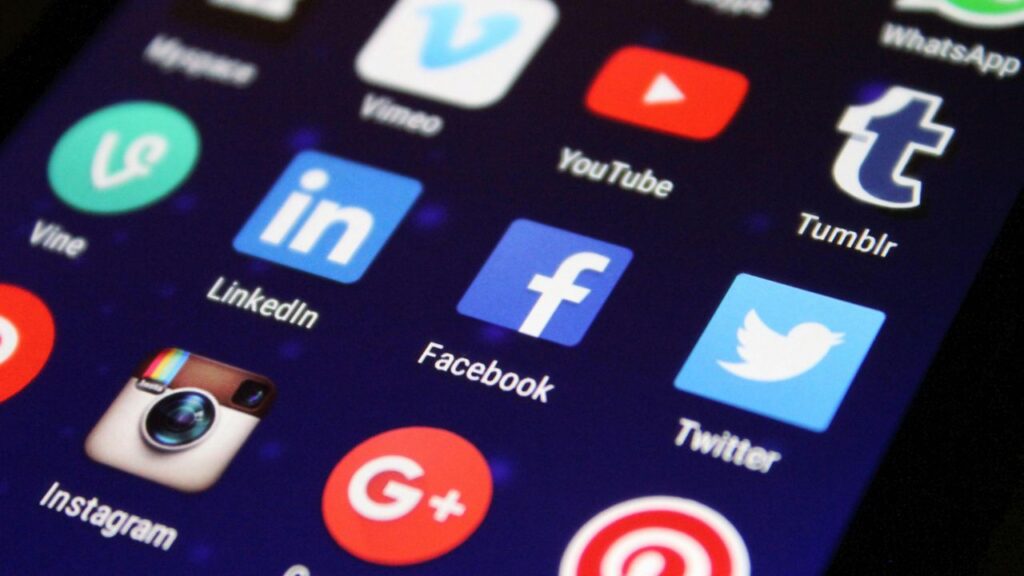Social platforms connect billions of people, yet therapists are treating more anxiety, depression, and body‑image issues tied to constant scrolling. The typical user now spends about 2 hours 24 minutes on social media every day. At Destination Hope, we help clients untangle the good, the bad, and the addictive in their digital lives.
How Social Media Influences Today’s Clients
- Comparison pressure. Many young adults report that Instagram or TikTok highlight reels make their own lives feel dull or inadequate. In a 2025 Pew survey, 48 % of U.S. teens said these platforms mostly harm people their age.
- Body‑image distortion. Filtered photos and workout culture fuel eating disorders, especially among teens.
- Sleep disruption. Late‑night scrolling can interfere with healthy sleep cycles—60 % of adolescents check their phone in the hour before bed and lose roughly an hour of sleep.
- Validation anxiety. Likes and shares act like dopamine hits; when engagement dips, self‑esteem often crashes.
Teens who spend more than three hours a day on social media face double the risk of depression and anxiety symptoms compared with lighter users.
Age Matters: Different Risks for Different Groups
| Group | Key vulnerabilities |
|---|---|
| Adolescents | Cyberbullying (nearly 1 in 2 U.S. teens has experienced it); identity shaped by online feedback |
| College students | FOMO, academic distraction, social anxiety |
| Mid‑career adults | Career comparison, parenting/lifestyle envy |
| Older adults | Misinformation stress, tech‑boundary confusion |
When Social Media Helps
- Online peer groups for niche conditions or remote individuals
- Mental‑health education accounts that normalize therapy
- Creative communities that boost purpose and self‑expression
Red Flags of Problematic Use
- Compulsive checking (cannot resist picking up the phone)
- Mood drops after scrolling or based on post engagement
- Neglect of offline duties or relationships
- Physical symptoms like eye strain, headaches, carpal tunnel pain
Our Treatment Approach
- Digital‑wellness assessment. Therapists map triggers to mood changes.
- Cognitive‑behavioral therapy (CBT). We reframe negative self‑talk born from online comparison.
- Mindfulness practice. Grounding techniques reduce compulsive urges to check feeds.
- Family coaching. We guide households in setting device‑free zones and times.
The goal isn’t total abstinence, it’s intentional, balanced use.
DIY Strategies for Healthier Scrolling
- Schedule social‑media windows (e.g., 15 minutes after lunch).
- Curate feeds and follow accounts that inspire; mute those that trigger.
- Use built‑in screen‑time limits and notification controls.
- Invest in offline hobbies that meet the same social or creative needs.
Looking Ahead
Virtual reality, AI filters, and ever‑evolving algorithms will keep changing the mental‑health equation. Ongoing research and user‑well‑being features may curb some harms—but personal boundaries and resilience remain the best defense.
If you or someone you love feels trapped in unhealthy social‑media cycles, help is available. Destination Hope blends evidence‑based therapy with digital‑wellness training so clients can reclaim balance.
Call (954) 302‑4269 to speak with our team and start building healthier online and offline lives today.
Disclaimer: This blog is for educational purposes and not a substitute for professional medical advice.

